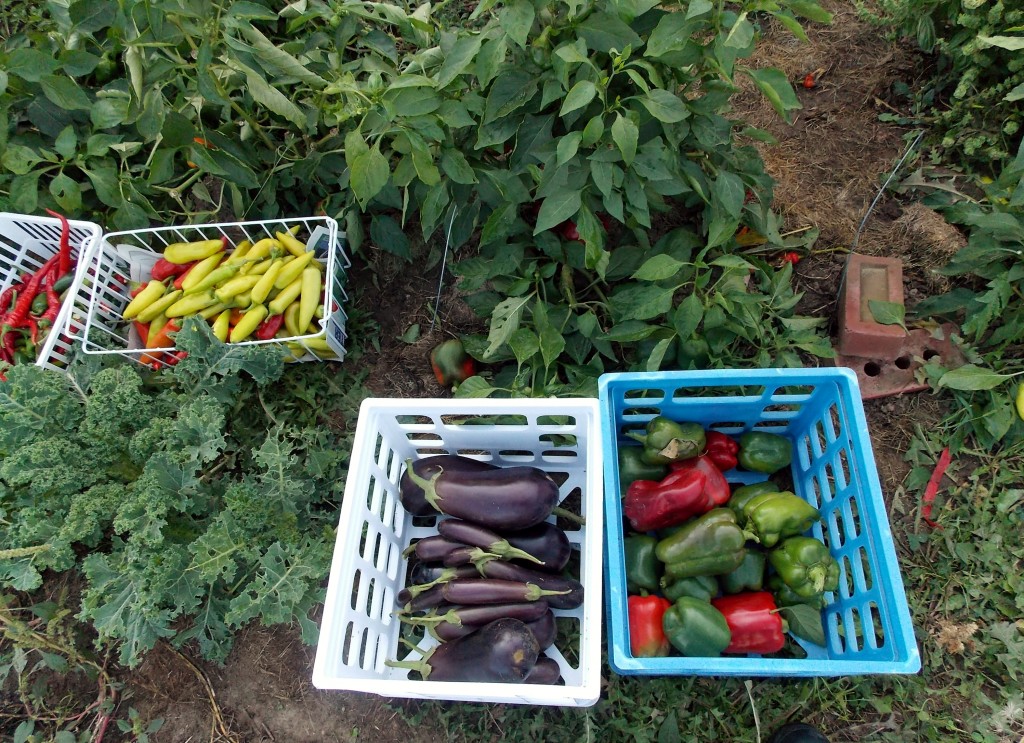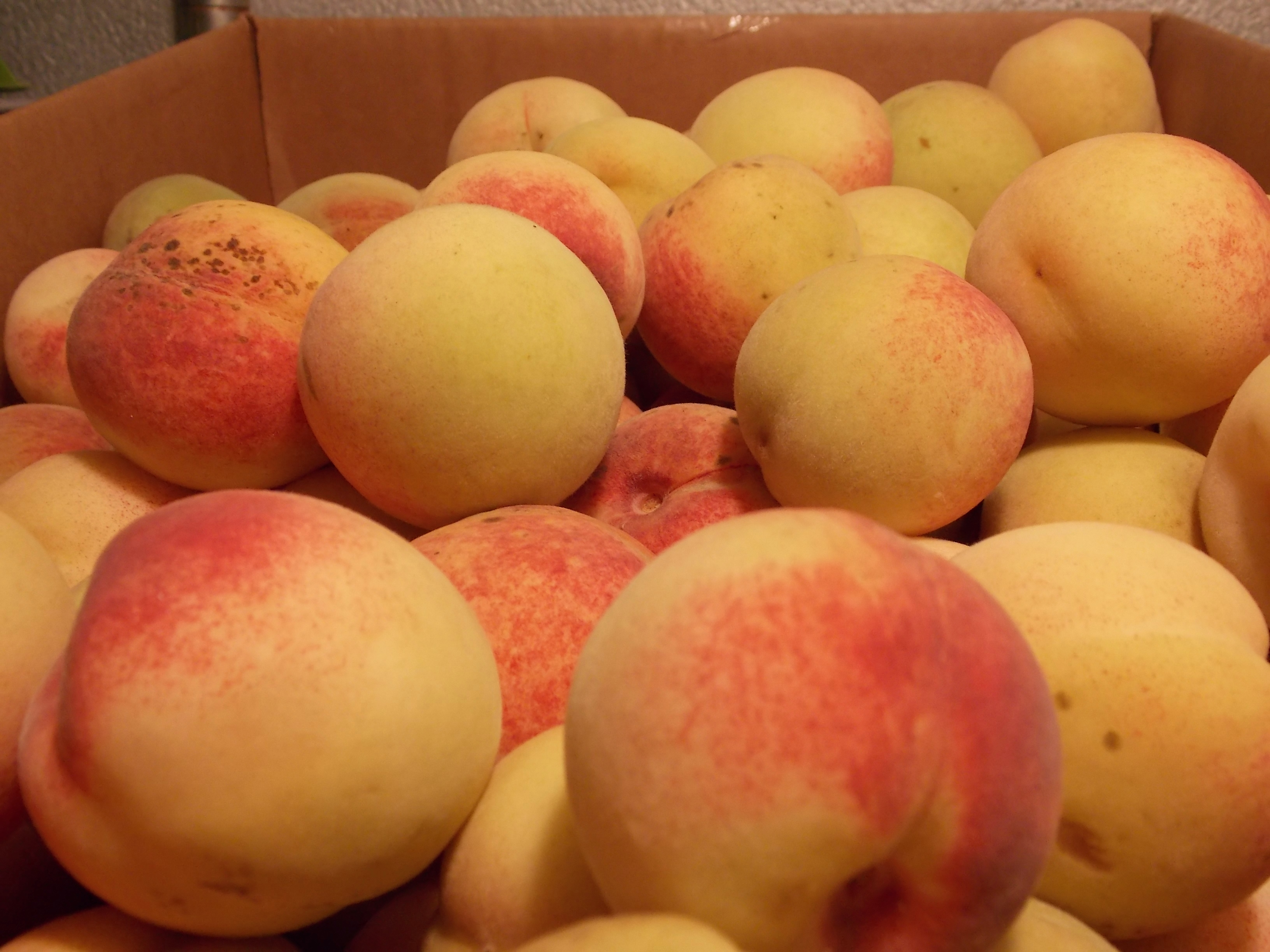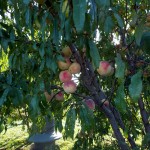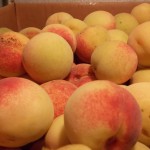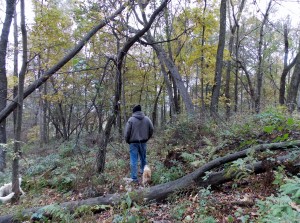 On our regular walk through the timber Keith and I noticed signs of the changing season. The color change of the leaves is obvious, but there are subtle signs, too. The wooly bear caterpillar's color range of reddish-brown to black is an indicator of the severity of the coming winter, if you believe the folklore. According to The Farmer's Almanac the legend is; the wider that middle brown section is (i.e., the more brown segments there are), the milder the coming winter will be. Conversely, a narrow brown band is said to predict a harsh winter.
On our regular walk through the timber Keith and I noticed signs of the changing season. The color change of the leaves is obvious, but there are subtle signs, too. The wooly bear caterpillar's color range of reddish-brown to black is an indicator of the severity of the coming winter, if you believe the folklore. According to The Farmer's Almanac the legend is; the wider that middle brown section is (i.e., the more brown segments there are), the milder the coming winter will be. Conversely, a narrow brown band is said to predict a harsh winter.
 Maisy and Spike are staking out hollow trees looking for raccoon and opossum. Spike cornered a momma coon, at our urging he backed down, she wouldn't have.
Maisy and Spike are staking out hollow trees looking for raccoon and opossum. Spike cornered a momma coon, at our urging he backed down, she wouldn't have.
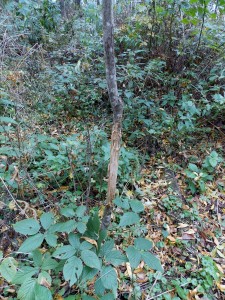 The canopy overhead is sparse now. The natural windbreak of the ravines shows signs where deer have bedded down for the night. Young trees have fresh rubs where bucks are marking their territory. We've seen large bucks in the timber and larger gatherings of doe. In another month the area will be overrun with men in orange blasting away at anything that moves. The cattle will move closer to the barn during hunting season, the dogs instinctively know to stay close. For us, this is the most stressful time of year.
The canopy overhead is sparse now. The natural windbreak of the ravines shows signs where deer have bedded down for the night. Young trees have fresh rubs where bucks are marking their territory. We've seen large bucks in the timber and larger gatherings of doe. In another month the area will be overrun with men in orange blasting away at anything that moves. The cattle will move closer to the barn during hunting season, the dogs instinctively know to stay close. For us, this is the most stressful time of year.
Last year a neighbor was surprised to see a group of hunters in his timber. He asked them to leave, but they insisted they had hunting rights granted by the landowner. They continued driving deer towards other's in their group waiting for the animals to get within firing range. Every year we're amazed at the techniques used to bring down deer. Hunters waiting on two different hillsides will shoot into the valley as another group runs the deer through the draw. Generally these aren't local folks. They come from different counties and states, all hoping to take home a trophy buck. This season our neighbor has a preventative plan to avoid the situation. He's implementing something along the line of the old adage, 'walk softly and carry a big stick.' In this case it will be a very big and powerful stick.
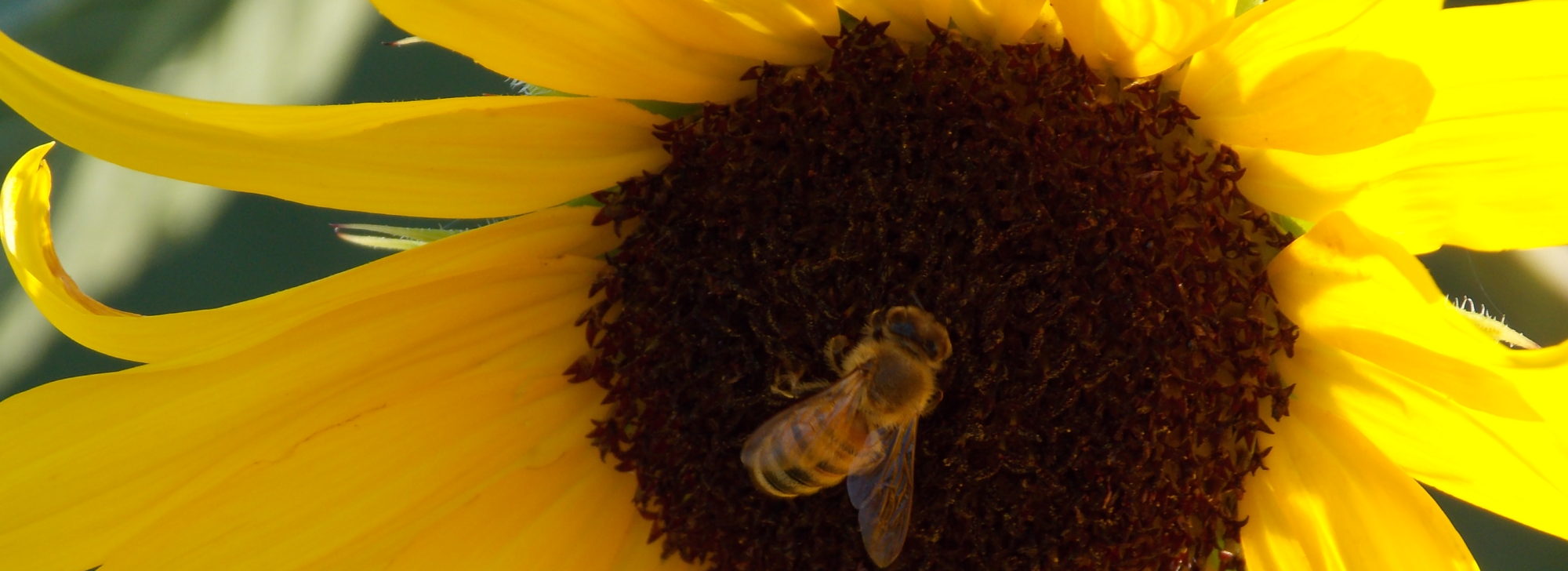
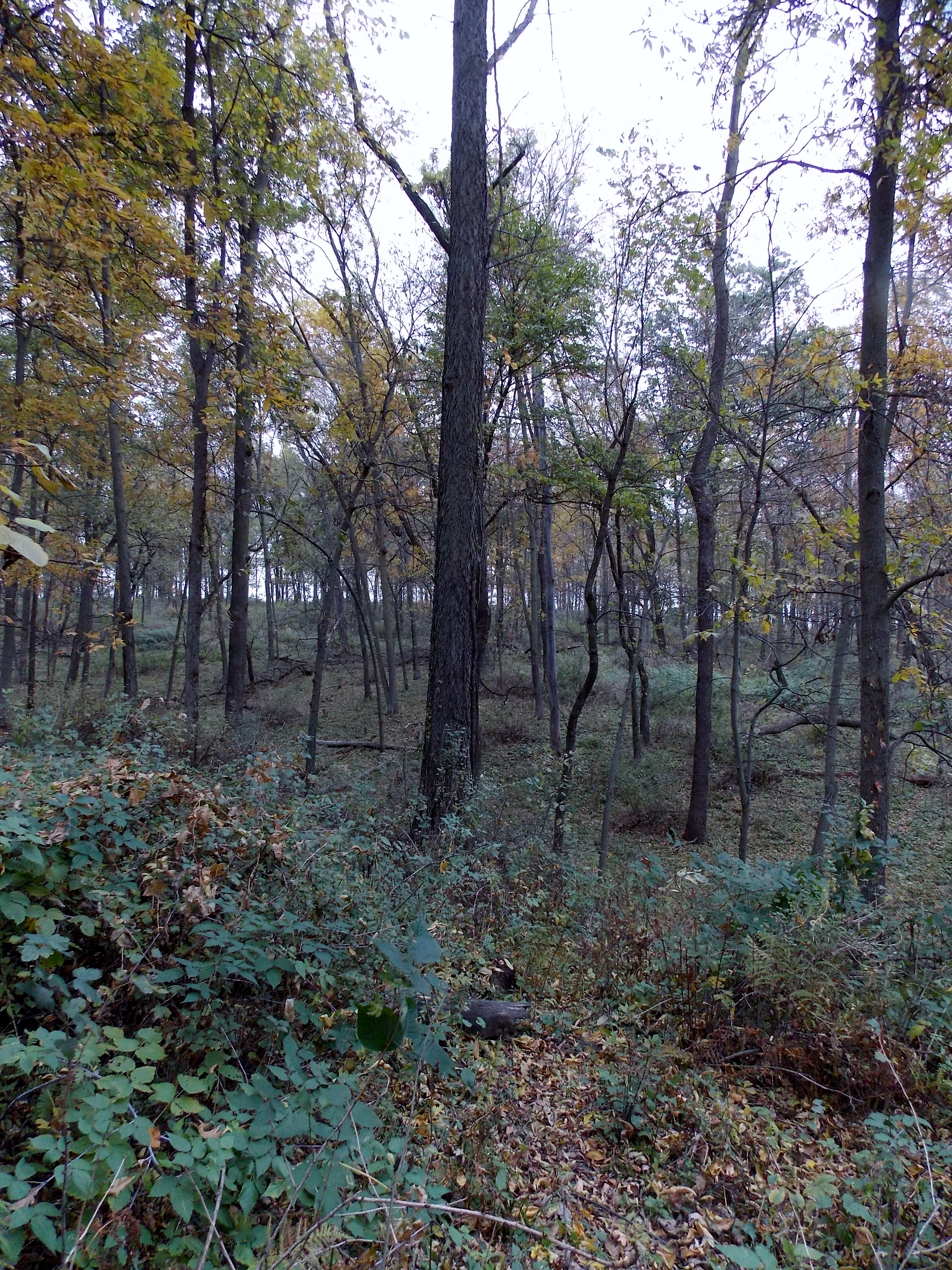
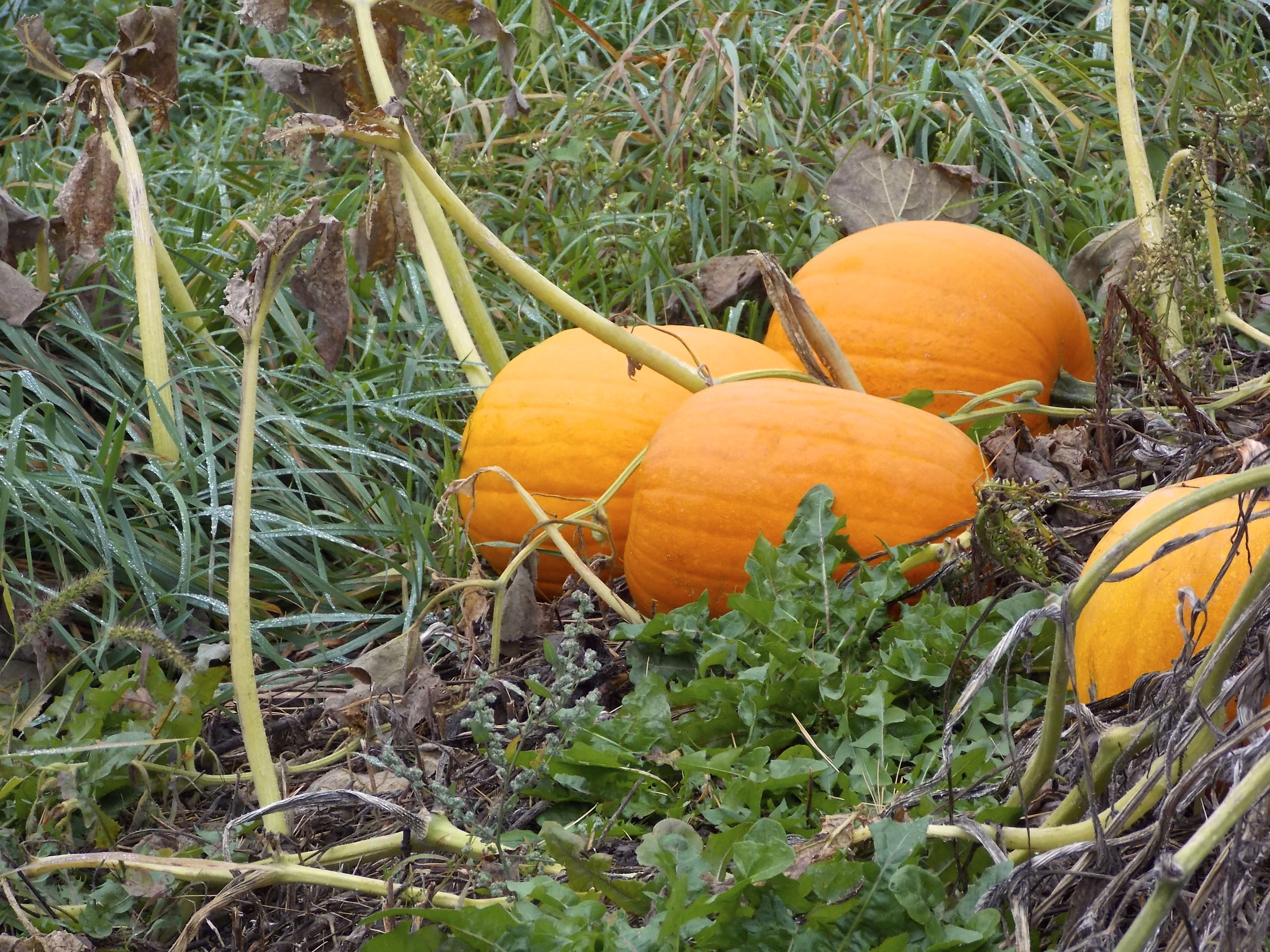


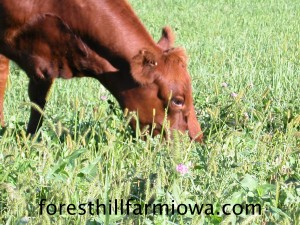 Just when you thought it couldn't get any worse...
Just when you thought it couldn't get any worse...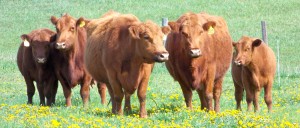
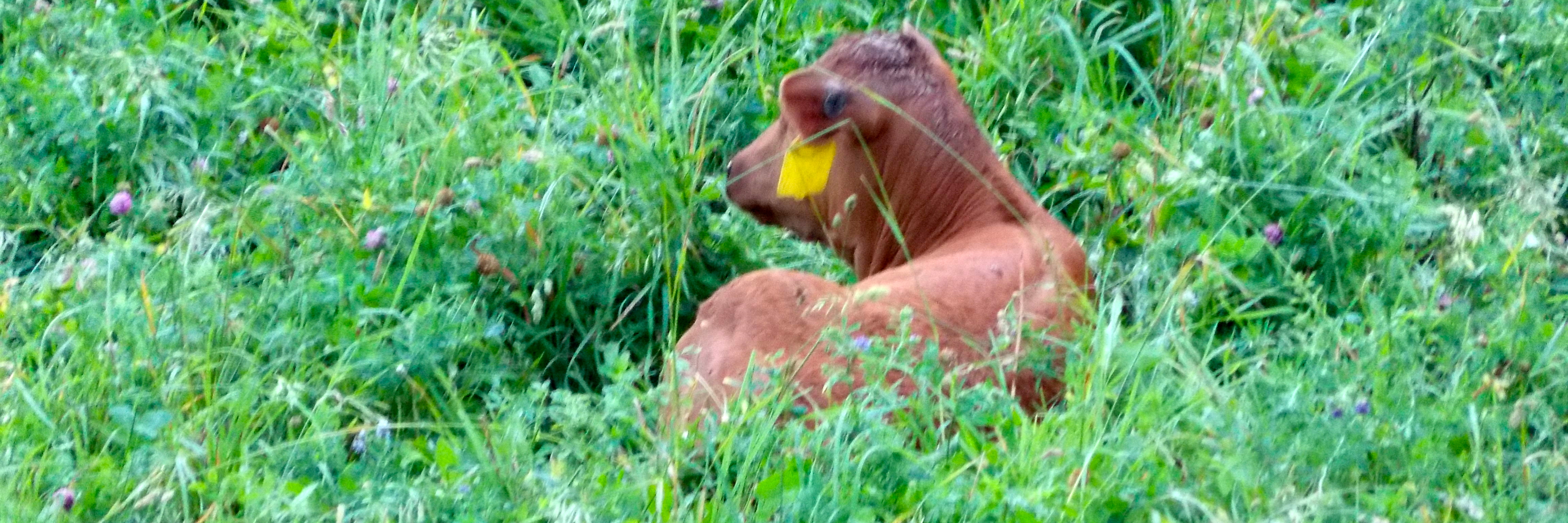
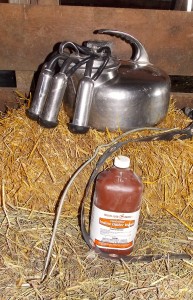 I'd like to start using a different milker with our dairy cows. Currently we're using a Surge bucket style milker. Clarisse has a very low udder so the bucket doesn't work well for her. With only four cows to milk, two at any given time, I've been researching claw style milkers. For every new thing I start there's a host of research involved. Reading manuals has become a hobby. Sometimes I think about taking shortcuts, just jumping in and getting started, but then I think of Mary.
I'd like to start using a different milker with our dairy cows. Currently we're using a Surge bucket style milker. Clarisse has a very low udder so the bucket doesn't work well for her. With only four cows to milk, two at any given time, I've been researching claw style milkers. For every new thing I start there's a host of research involved. Reading manuals has become a hobby. Sometimes I think about taking shortcuts, just jumping in and getting started, but then I think of Mary.
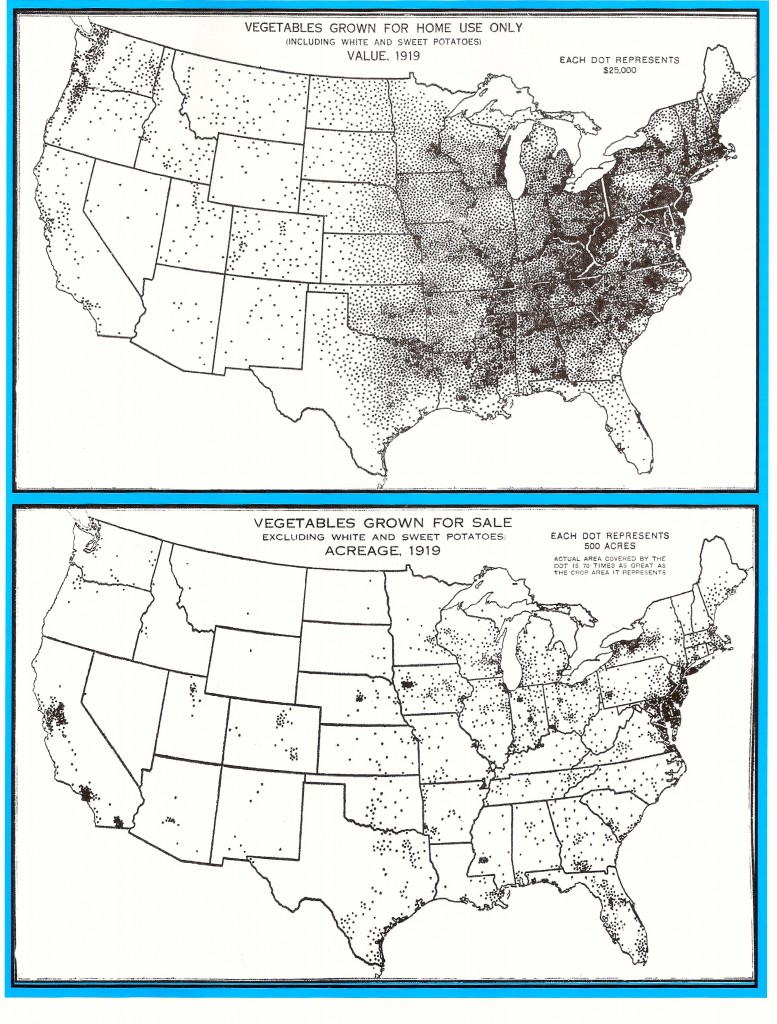 You can't get more local than your own backyard. This is the time of year to start planning for next year's garden. Cover crops of green manure ( buckwheat, annual rye grass, clover, etc.) should be planted now. They'll add nutrients, aerate the soil, fix nitrogen, and feed the microbial life of the soil. Adding chopped leaves, from deep rooted trees, will
You can't get more local than your own backyard. This is the time of year to start planning for next year's garden. Cover crops of green manure ( buckwheat, annual rye grass, clover, etc.) should be planted now. They'll add nutrients, aerate the soil, fix nitrogen, and feed the microbial life of the soil. Adding chopped leaves, from deep rooted trees, will 